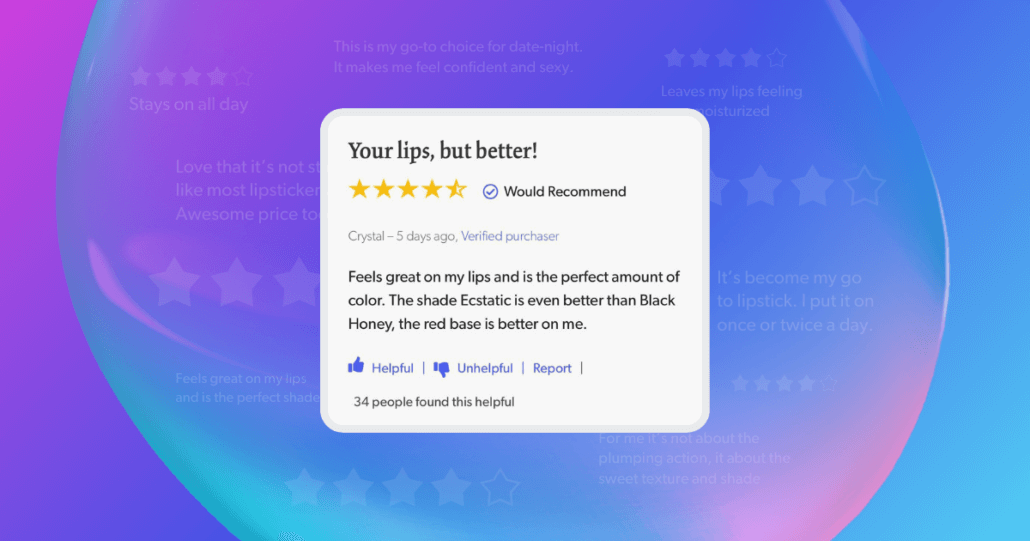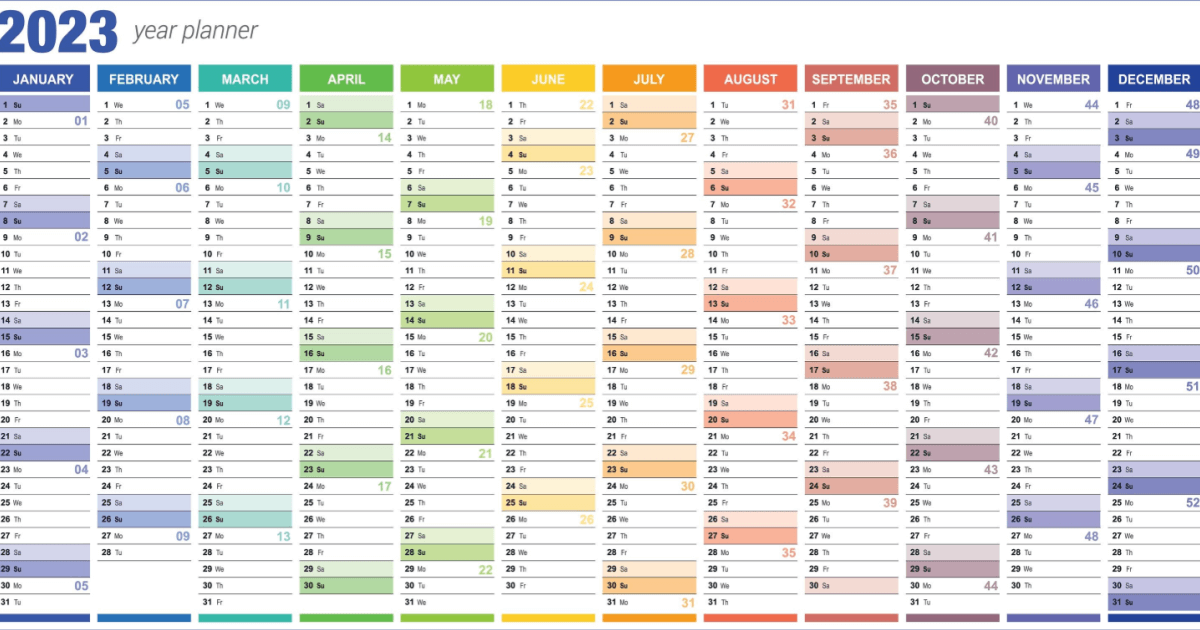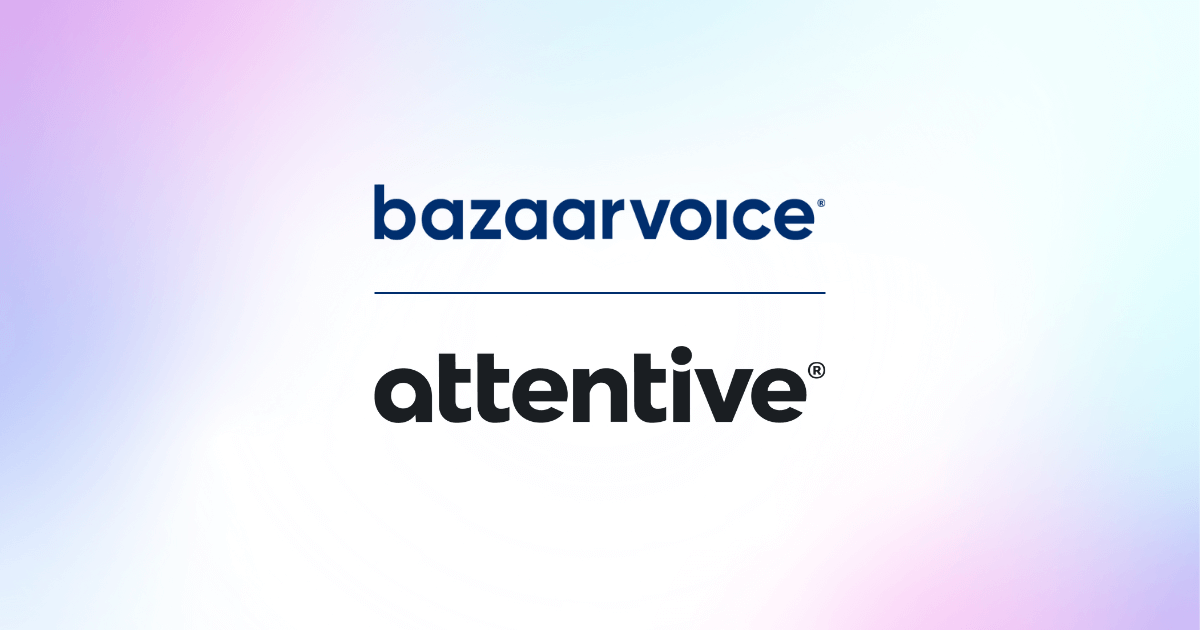August 25, 2023
Looking for a valuable resource for marketers who need to be flexible and adaptable during changing market and economic conditions, as the tech landscape evolves? You’re looking for agile marketing.
Chapters:
- What is agile marketing?
- Benefits of agile marketing
- Best practices for adopting agile marketing processes
- Examples of agile marketing
- Work with collaborative tools and vendors that support agility
E-commerce marketers and leaders are taking cues from product teams to adopt leaner, more agile techniques for their marketing campaigns. In one report, 41% of marketers said they currently use agile tactics. 51% of marketers who don’t use agile tactics plan to start doing so, and most plan to adopt them in the next year.
If your team is looking to cut back on excess resources, be faster and more responsive, and cater your product and offerings to your target market, agile marketing is your answer. Let’s explore how agile techniques will change your marketing impact.
What is agile marketing?
Agile marketing is a dynamic approach that thrives on flexibility, adaptability, and iterative progress. Unlike traditional linear marketing tactics, agile marketing breaks down complex strategies into manageable, bite-sized tasks that are executed in short cycles.
This method values collaboration, open communication, and quick decision-making, ensuring your e-commerce team swiftly responds to changing market dynamics, customer feedback, and emerging trends.
E-commerce leaders are leaning toward agile marketing tactics because they make it easier to streamline processes in a fast-paced market. Agile marketing fosters a culture of experimentation and continuous improvement that allows teams to refine their strategies based on real-time insights from their marketing campaigns.
How agile marketing works
The agile marketing approach enables e-commerce teams to navigate competitive digital marketing landscapes with responsiveness and efficiency. There’s several components and characteristics of agile marketing that make this happen.
- Task breakdown: Marketing strategies are divided into smaller tasks that can be completed within short timeframes, often referred to as sprints. These tasks are prioritized based on their importance and potential impact
- Sprints: These are short work cycles where teams focus on completing specific tasks and fostering collaboration and adaptability. Each sprint is a focused cycle, typically lasting one to four weeks. During a sprint, the team concentrates on completing just one specific project or task, aiming to deliver tangible results by the end of the cycle
- Regular check-ins: Regular check-in meetings keep your team aligned. Each member provides updates on their progress, highlights any roadblocks, and discusses their immediate goals. Regular meetings ensure team alignment, quick adjustments, and open communication
- Iterative approach: Agile marketing encourages iterative processes. After each sprint, the team reviews the completed tasks and gathers insights from the data and feedback. Teams learn from their successes and failures, which helps inform planning for the next sprint and allows your teams to adjust their approach based on actual results
- Data-driven insights: Agile marketing relies heavily on the constant collection and analysis of data, feedback, and trends to guide decision-making. Performance metrics, customer feedback, and market trends are monitored closely to guide decision-making and optimize strategies throughout the process
- Responsive to change: Agile marketing embraces change as a natural part of the process. It empowers teams to be proactive in addressing shifts in the market, customer behavior, and internal priorities
By embracing the components of agile marketing, e-commerce teams give themselves more opportunities to improve their products and campaigns. The iterative nature of agile marketing tactics leads to campaigns and projects that are constantly being refined, resulting in more effectiveness and better results over time.
The ability to respond promptly to market shifts ensures that e-commerce teams remain at the forefront of their industry, delivering impactful campaigns and driving business success. 92% of fully agile marketing departments say their team effectively contributes to the success of their business. This number decreases to 76% for teams that are partially agile.
Benefits of agile marketing
Agile marketing isn’t just a buzzword — it’s a game changer. By embracing agile marketing tactics, your teams will reap several benefits that will help you make a bigger impact with your campaigns.
Adaptability to market demands
Customer demands are constantly changing, and sometimes, it feels impossible to keep up. This is where agile marketing helps. Agile marketing’s core strength lies in its adaptability. If unforeseen challenges arise, your team can quickly adjust their strategies during the next sprint rather than waiting for a major planning overhaul.
Agile marketing creates adaptability by breaking down marketing strategies into manageable tasks that can be adjusted during sprints. When teams can adjust as needed, they’ll be able to quickly pivot their efforts in response to changing market dynamics, customer behaviors, or competitive pressures.
Plus, with your daily check-ins and regular evaluations, you ensure team members stay aligned and informed about shifts in trends or consumer preferences.
Faster delivery of marketing campaigns
Getting marketing campaigns out to the public quickly is important when demand is constantly changing and competition is high. When you can quickly launch campaigns, your e-commerce teams can seize timely opportunities and respond to current trends, capturing consumer interest when it matters most.
Agile marketing achieves faster time-to-market by emphasizing the delivery of campaigns during short sprints. E-commerce teams prioritize executing and launching core elements of a marketing campaign quickly.
This approach allows teams to gather real-time feedback and insights from initial releases, leading to refinements and enhancements in all subsequent iterations.
Increased competitive advantage
Because agile marketing promotes adaptability and speed, it helps teams adjust their campaigns accordingly to resonate better with customers. Teams that engage with their audiences and incorporate feedback into their strategies create offerings that align precisely with customer needs.
This customer-centric approach boosts customer satisfaction and loyalty, helping the business stand out from all the competition.
Best practices for adopting agile marketing practices
Agile marketing is flexible — you can start small, and you don’t have to overhaul all your marketing processes and procedures at once. Instead, use these six best practices to get your team started with agile marketing.
1. Identify goals and areas needing improvement
Clarity is key to delivering successful marketing campaigns. When you start by identifying clear goals and pinpointing areas that need improvement, you’ll lay a strong foundation for agile marketing success.
Set your goals before you begin to employ agile marketing tactics. When you need to pivot or take a new approach, you’ll always be striving to meet the same common goal.
Knowing your goals and improvement areas helps you allocate resources effectively. Agile marketing often involves short cycles of work, and having a clear idea of priorities ensures that the entire team is investing time and effort where it matters most.
Evaluate your current marketing strategy and performance. What are your strengths? Where do you notice gaps or underperformance? Look for bottlenecks in your processes or systems. For example, if there’s a certain step or stage that the team gets caught up in and delayed, identify what you could change or adjust to make things move more quickly and efficiently.
Next, set SMART goals — Specific, Measurable, Achievable, Relevant, and Time-Bound — for your campaigns. Whether you want to boost website traffic, increase conversions, or engage a certain target audience, defining these goals and recognizing areas that need improvement help your team gain a clear sense of direction. Agile marketing tactics should then be tailored to directly address these goals and areas, making your efforts more focused and impactful.
2. Foster cross-departmental collaboration
Different departments within your organization — such as product, sales, and customer service — all have valuable insights to help create and deliver the most impactful campaigns. Collaborating with these teams ensures that your campaigns are aligned with the latest product updates, feature releases, and customer needs.
Ongoing regular meetings are key to an agile process. You should create a schedule for meetings, establish clear channels for communication between all teams, and regularly share updates, insights, and objectives to make sure everyone is on the same page.
During these regular meetings, gather input from other teams, like sales and customer support. These teams interact directly with customers and provide insights into customer pain points and trends. You should also use these regular meetings as brainstorming sessions to generate innovative campaign ideas that leverage insights from different areas of the business.
3. Prioritize delivering value early (and often)
The goal of agile marketing is to launch campaigns or components quickly to provide value to your audience rather than trying to make everything perfect before you release it.
Waiting for perfection can lead to delays, missed opportunities, and excessive resources spent on minor details. With an agile approach, you’ll prioritize launching versions of campaigns sooner and more frequently, so you can engage with your audience right away and implement feedback faster.
This approach not only prevents the waste of valuable assets but also enables you to pivot in case a campaign doesn’t resonate with your intended audience.
The first step in delivering value early and often is identifying the essential elements of your campaign that provide value to your audience. These could be key messages, unique features, or benefits that you already know resonate with your target customers.
Then you can work on developing a minimum viable version of your campaign with these core elements. Remember, it doesn’t need to be perfect. Instead, focus on delivering the most value to your audience with your messaging, visuals, and benefits.
By delivering value early and often, you’re continuously learning from your audience’s responses. This knowledge informs your decisions, allowing you to improve your campaign for the next iteration.
4. Perform iterative testing
The goal of iterative testing is to refine and optimize a campaign over time. It involves distributing the campaign, analyzing the results, learning what resonates with your target market, and making incremental changes in any newer versions. Each iteration builds upon the insights gained from the previous one.
Iterative testing involves testing multiple components within a campaign — such as messaging, visuals, and user experience — and adjusting them based on feedback. Consider starting smaller rather than testing across all platforms, channels, and mediums right away. You could start by testing copy and visuals on two or three social media platforms. Once you’ve mastered iterative testing on a smaller scale, gradually expand to other platforms and channels.
The iterative cycle of agile marketing ensures that campaigns evolve quickly so you can capitalize on trends, preferences, and customer demand before you lose relevance.
5. Create a process to collect ongoing feedback
In agile marketing, your strategies and campaigns need to evolve alongside changing market dynamics and customer preferences. Feedback is your compass, guiding you toward what works, what doesn’t, and what your customers truly want.
Agile marketing thrives on data-driven decision-making, and feedback is the most direct source of data you can tap into. It offers invaluable insights for making informed adjustments, optimizing campaigns, and ensuring that your marketing efforts genuinely resonate.
Make sure your business owns your listings on sites like Yelp and Google so you can collect reviews and ratings. You should also collect feedback from social platforms and online forums like Reddit or Quora.
Once you’ve established easy, convenient places for your customers to review your products, you have to encourage them to actually leave a review. You should send out post-purchase surveys after a customer makes a purchase or interacts with your brand. Ask about their experience, satisfaction level, and areas where you could improve their journey.
You can also try incorporating rating scales in your communication touchpoints. These could be in email signatures, on your website, or in post-purchase follow-up messages. Customers can quickly rate their experience on a scale, providing you with valuable quantitative feedback.
6. Use data to implement effective changes
Using both quantitative and qualitative data empowers you to navigate the evolving e-commerce landscape with precision. It’s about transforming assumptions into certainties, intuition into strategy, and reactions into responses.
By analyzing patterns, trends, and insights, you can pinpoint exactly where your efforts are paying off and where improvements are needed. This approach provides a solid foundation for iterative testing and ensures your strategies are aligned with audience preferences and market shifts.
After you’ve collected quantitative and qualitative data — from reviews, online discussions, industry research, and more — analyze the data to identify recurring trends, patterns, and correlations. Then you can prioritize the data and insights. Rank feedback and other data points based on their impact and relevance. Focus on insights that align with your marketing goals and objectives.
For example, if you have constant feedback about your slow site speed and also notice that a high percentage of people tend to leave the site after just a few seconds, you should prioritize making your website load faster.
Create a plan that allows your teams to constantly implement the appropriate changes based on data and insights. Remove bottlenecks like inaccessible knowledge or a lengthy approval process so your team can make improvements quickly and continuously.
Examples of agile marketing
Many companies have successful agile marketing stories that your team can learn from. These examples showcase how brands have harnessed agile tactics to navigate challenges, streamline processes, and ultimately elevate their market impact.
Mozilla embraces agility for predictable growth
Mozilla, an open-source web browser, needed a way to make its marketing initiatives more impactful with less guesswork and inconsistency. It faced a common dilemma in marketing — lots of ideas and projects stuck due to the absence of effective processes and systems. To address these challenges, the team began working in an agile way, implementing lean practices similar to those used in product or engineering teams.
Mozilla’s adoption of agile marketing allowed it to overcome the unpredictability that often plagues marketing efforts. By implementing agile practices, it transformed its marketing team into a well-coordinated and adaptable force, enabling them to predictably contribute to business growth and respond effectively to changing market dynamics.
Fresh quickly pivots to UGC to build awareness
Fresh, a natural cosmetics brand, faced a significant challenge in raising awareness and fostering engagement among its customers both online and offline. The company collaborated with Bazaarvoice to embrace agile marketing tactics that would reshape its customer engagement and enhance its impact.
Using Ratings & Reviews and Retail Syndication, Fresh created an enticing shopping experience while leveraging user-generated content. By capitalizing on the power of authentic feedback and visual content, Fresh improved its online engagement and customer satisfaction.

Fresh’s partnership with Bazaarvoice to adopt agile marketing tactics enabled it to overcome challenges and achieve substantial results. By emphasizing authentic user-generated content, agile decision-making, and strategic review syndication, Fresh redefined its marketing impact, enhanced customer engagement, and witnessed a remarkable revenue impact of $1.48 million.
Work with collaborative tools and vendors that support agility
To truly harness the potential of agile marketing, it’s crucial to leverage collaborative tools and vendors that support this mindset. By adopting solutions like ratings and reviews and retail syndication offerings, you’ll streamline your processes, drive customer engagement, and scale your marketing efforts efficiently.
Bazaarvoice also has a team of experts who are here to be your personal champions. Our Client Success Directors partner closely with you, developing tailored strategies, sharing expertise, and ensuring your business achieves its goals.
With 24/7 global support, white-glove implementation, and managed services, we offer a holistic approach to help you fully capitalize on agile marketing’s potential.
Get started









